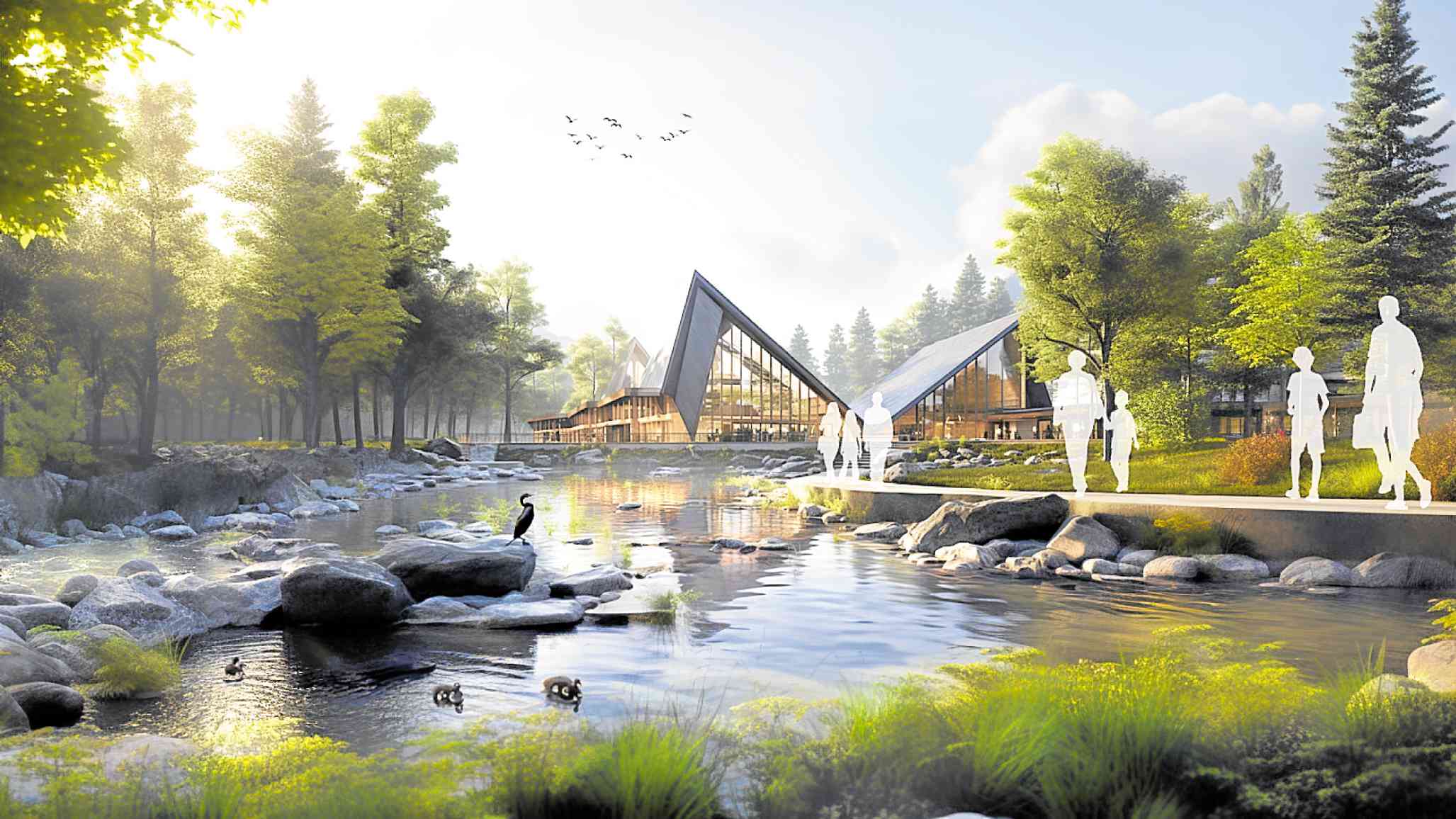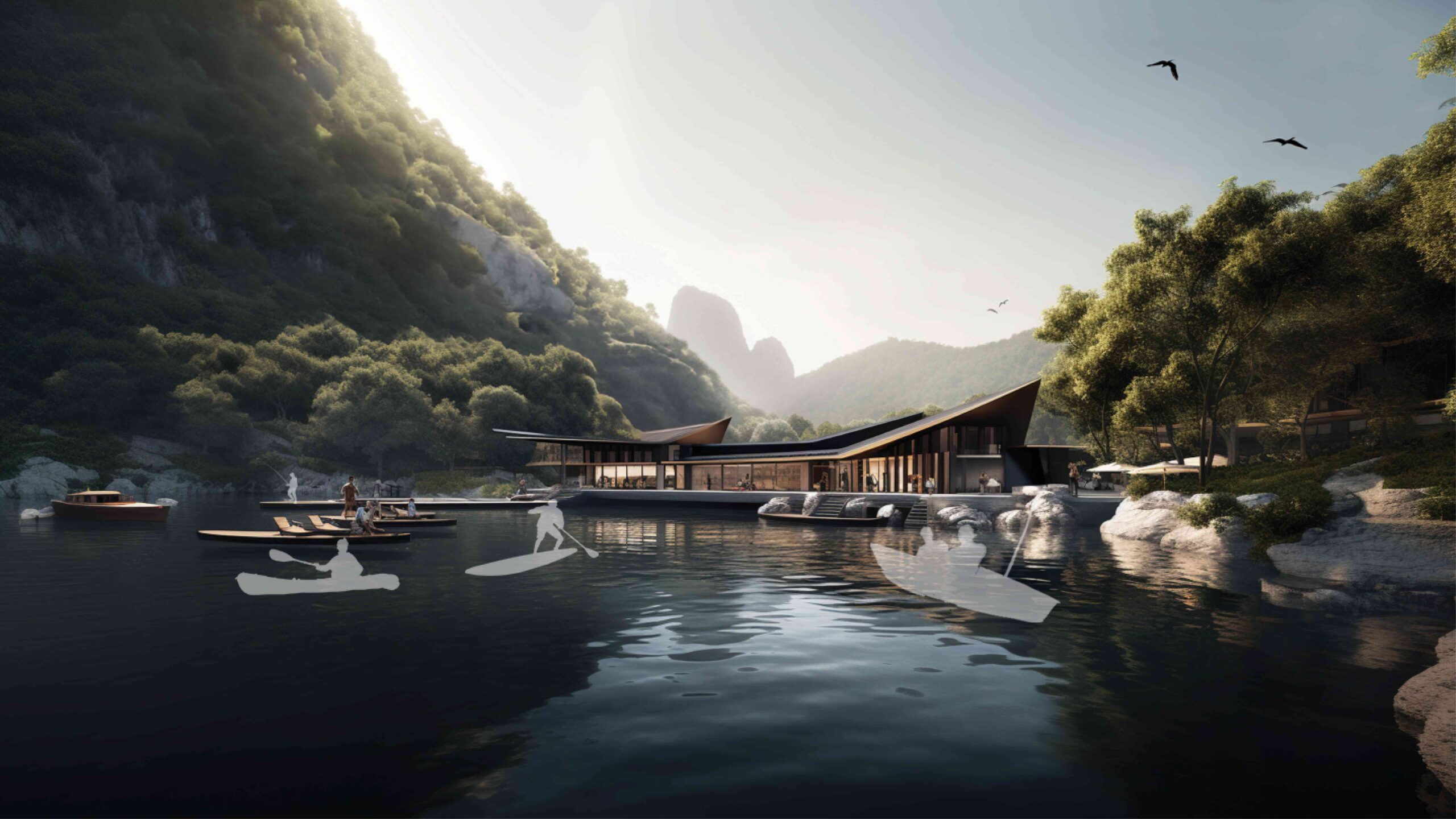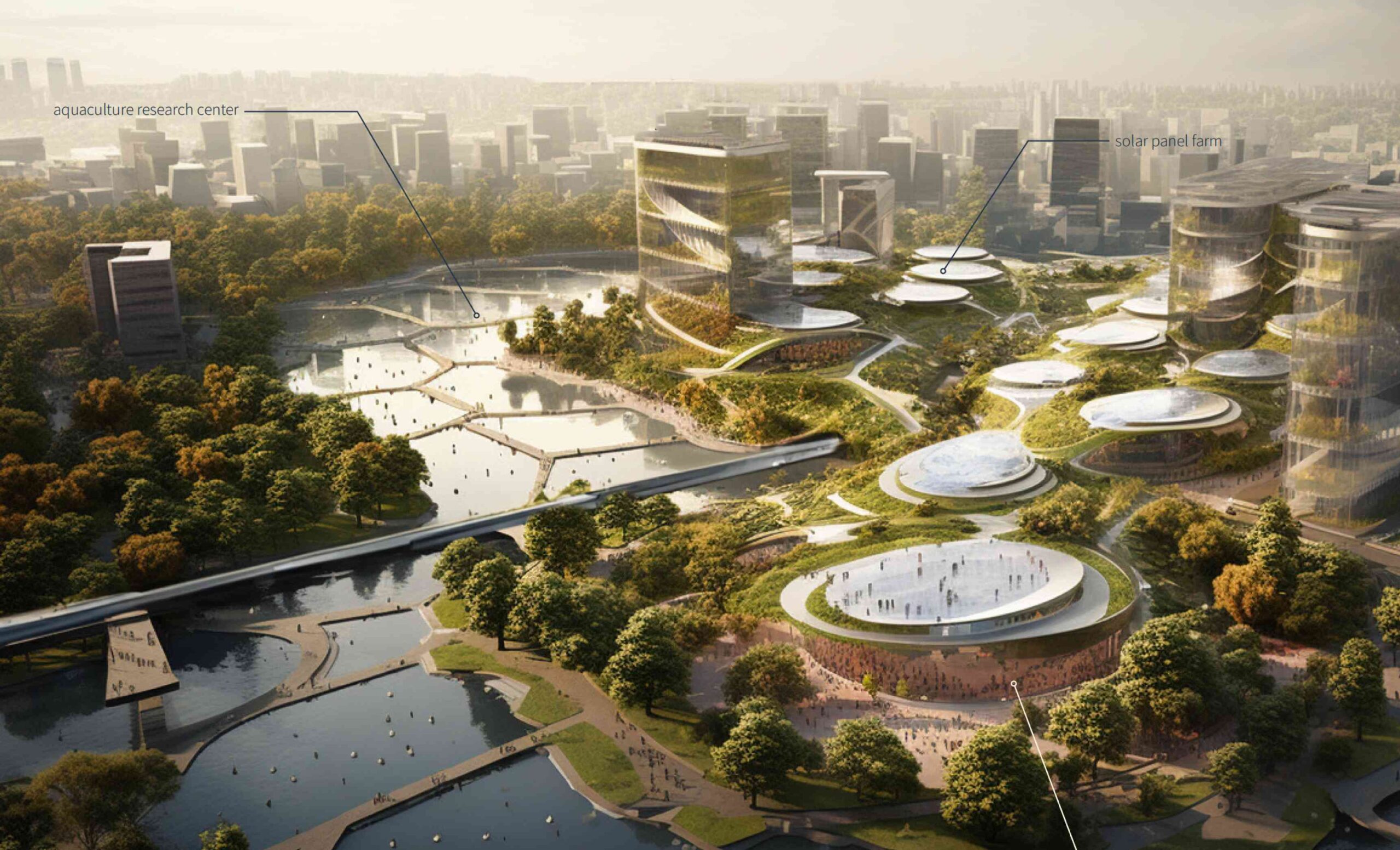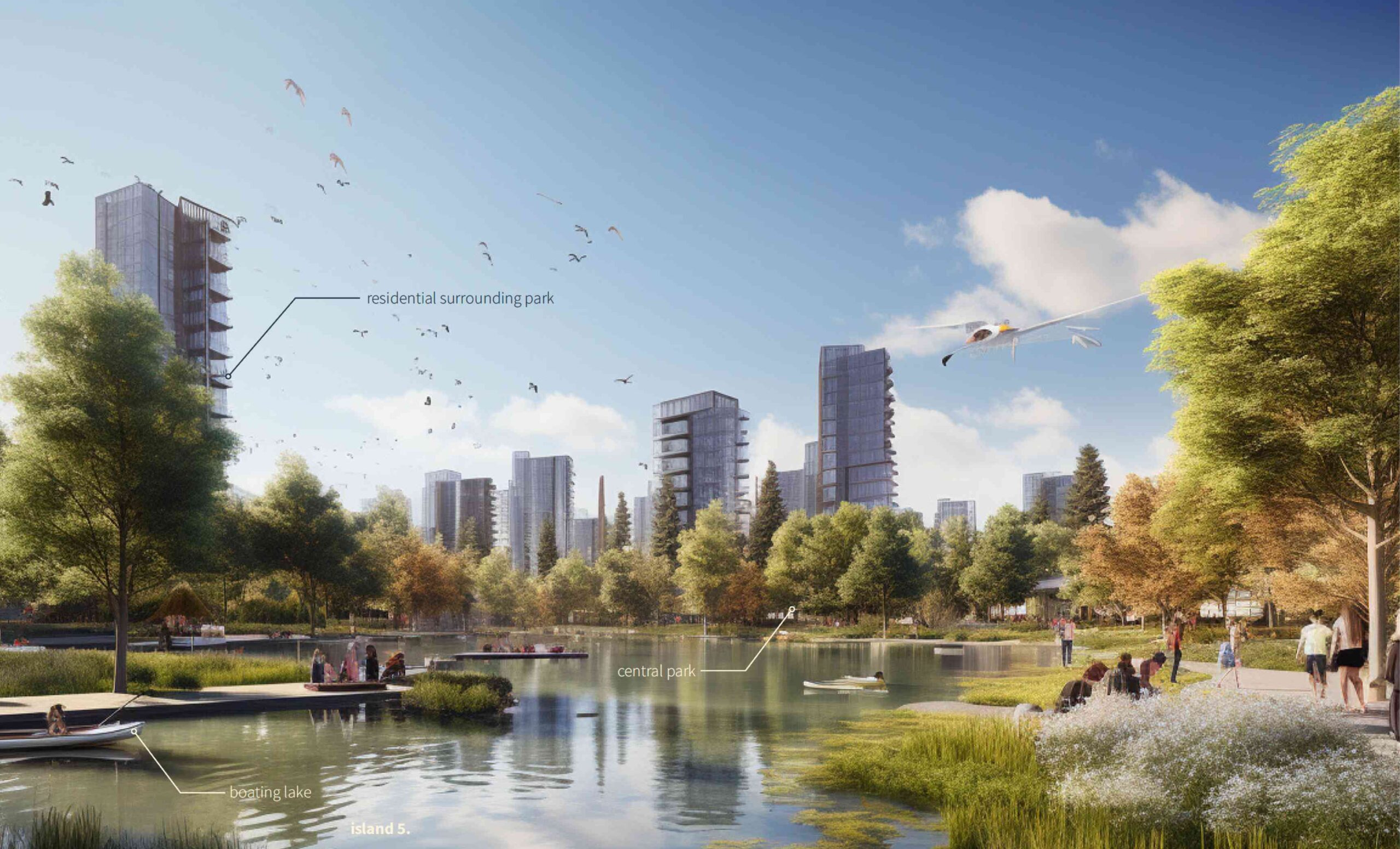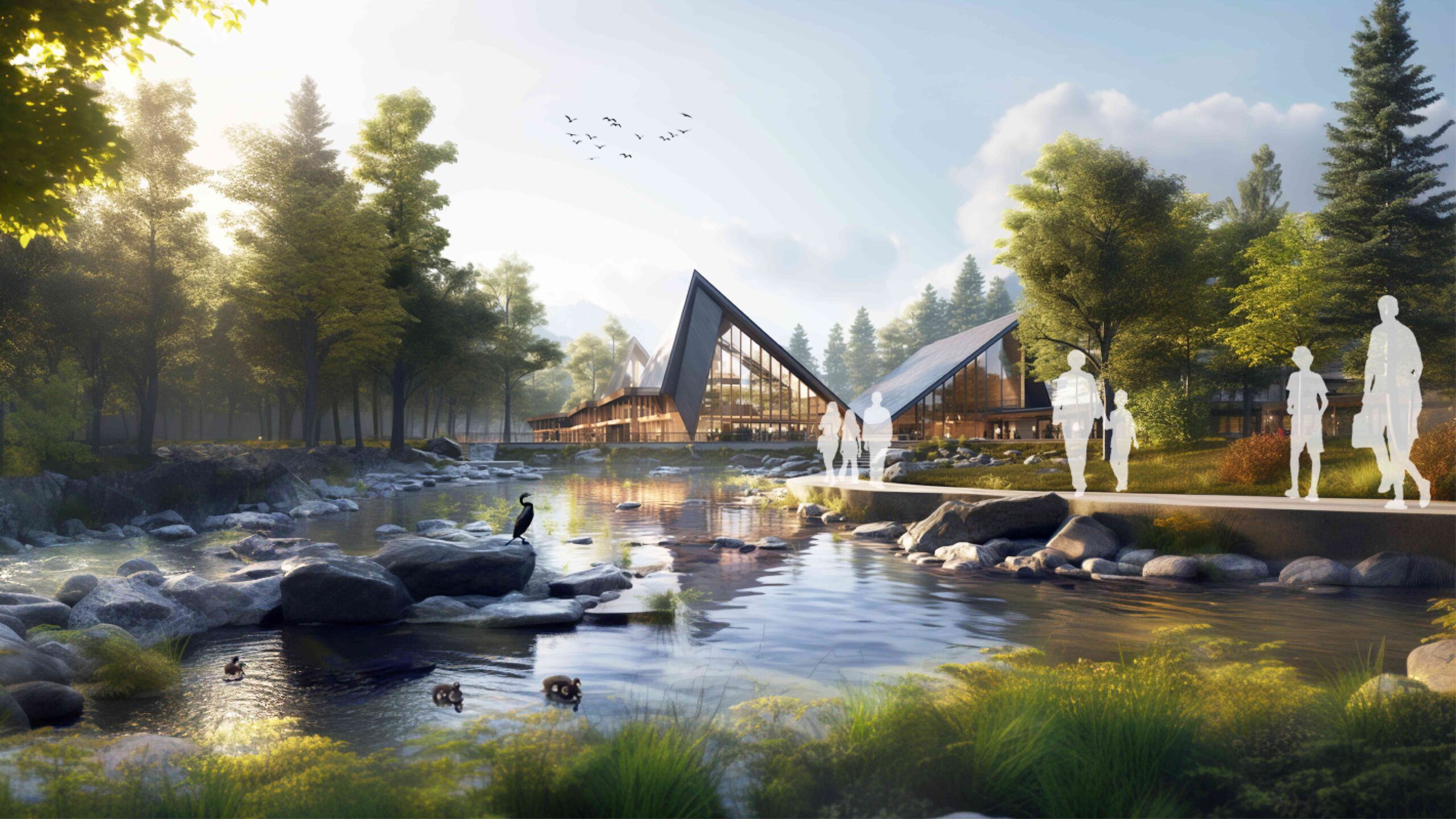Working with AI
I was recently in a conversation about AI in architecture when my friend remarked how soon you can have AI design a house or a building. I feel like there exists a lot of misconceptions about what this new technology can and will be used for.
If all we needed for AI to do was to come up with drawings for a house or a building, then you can just search for that in Google, where there are thousands upon thousands of available images. There have been books available with “free” plans and designs for the longest time. That is not AI nor is it architecture.
Powerful tool
The beauty of AI is how it can help us increase efficiency and allow us to design with more complexity, and thus, more sustainably. It is an incredibly powerful tool that will bring about immense changes in both workflow and visualization. It magnifies the depth and breadth of how far we can reach with our ideas.
We have been exploring various AI programs in our studio and identified key roles for it. The first involves ideation, in which we can use it to quickly iterate and come up with diverse design directions and elements that can help form a roadmap for the design process. The beauty of collaborating with a diverse group of architects is now magnified exponentially and we are able to break free of more rigid patterns and our preexisting biases.
The second is, it can quickly translate sketches and transform them with language tools. This empowers team members who may not sketch as well but can use words instead to develop their ideas and brings their ideas into the discussion as another vital voice. This function greatly opens up the field of architecture and design to more people who used to be wary about it because of their drawing skills.
The third is about data sets and how AI can help us bring them together to identify key indicators or intersections. We now have a very powerful tool to quickly manipulate data and show how they can change physical spaces and highlight possible directions.
Lastly, the most obvious use of AI is in visualization. AI shortens the visualization process and allows us to spend more time in the design process. It quickly delivers photorealistic renderings from both sketches and models and what used to take a day or two is now reduced to a couple of hours.Empowering
Here are some of our early work incorporating AI. We definitely are living at the start of something interesting. It is vital that we understand how this tool can empower us but it is also more important to understand how it can help us do better architecture.
The design process now takes even more priority as more and more of the production of diagrams and visualizations can be automated. AI provides us with the tantalizing possibility of a post-Industrial, post-productivity age, wherein human effort is focused on further understanding human and social conditions.
Technology has always been the main driver of architectural change. It will be interesting to see how AI shapes our human environment in the decades to come.
Design exploration requires the input of everyone in our community. We invite everyone to come join our explorations on the human environment. Join us on Instagram @wtadesignstudio and @entrari
The beauty of AI is how it can help increase efficiency and allow architects to design with more complexity. The design process now takes even more priority as more and more of the production of diagrams and visualizations can be automated. It will be interesting to see how AI shapes our human environment in the decades to come
AI can quickly translate sketches and transform them with language tools.

